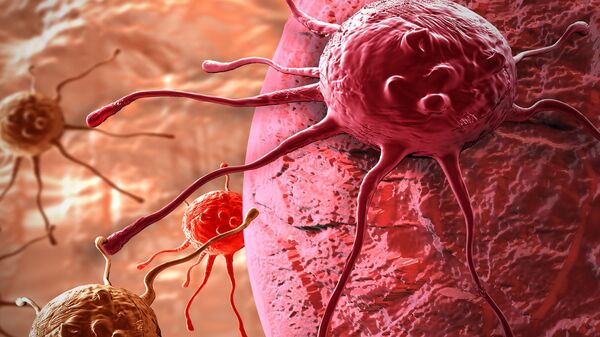Specialists in non-invasive diagnostics often have to use slightly inaccurate, low contrast images. Visible substances are injected into a patient's bloodstream prior to magnetic resonance tomography scans.
These substances, including paramagnetic gadolinium particles and super-paramagnetic iron particles, allow the tomography scanner to detect affected cells and to study them in greater detail.
READ MORE: Scientists Can Now 'Predict' Properties Of Nuclear Batteries
But even small amounts of substances that are alien to the human body can spell potential risk. This risk has been addressed by using an injection system based on magneto-ferritin, developed by an international research team from NUST MISIS and Germany's University of Duisburg-Essen, Technical University in Munich and Carl von Ossietzky University of Oldenburg.
The bio-compatible and hypoallergenic magneto-ferritin compound consists of endogenous human protein (ferritin) and a magnetic nucleus.
Scientists suggest intravenous magneto-ferritin injections. As the substance spreads through the bloodstream, it is captured by the targeted cells.
"Many research papers show that these tumor cells actively capture transferrin, a protein responsible for transporting iron inside the bloodstream. The same receptors can also capture magneto-ferritin. After entering the targeted cells' lysosomes, magneto-ferritin will enhance the signal further," said Olaf Wiedwald, a visiting professor from NUST MISIS' Biomedical Nanomaterials Laboratory.
READ MORE: Russian Scientists to Present Unmanned Helicopter at Army-2018
The "magnetic tag" will help boost the quality of optical and magnetic-resonance diagnostic methods, and will also allow doctors to conduct medical therapy. After detecting a pathology (where afflicted cells accumulate), doctors can treat it with an electromagnetic field or beams of light. Malignant tumors heat up and disintegrate as a result.
The university prioritizes materials and technologies for boosting average life expectancy and the quality of life. The Advanced Functional Materials journal published an article on this new technique.



